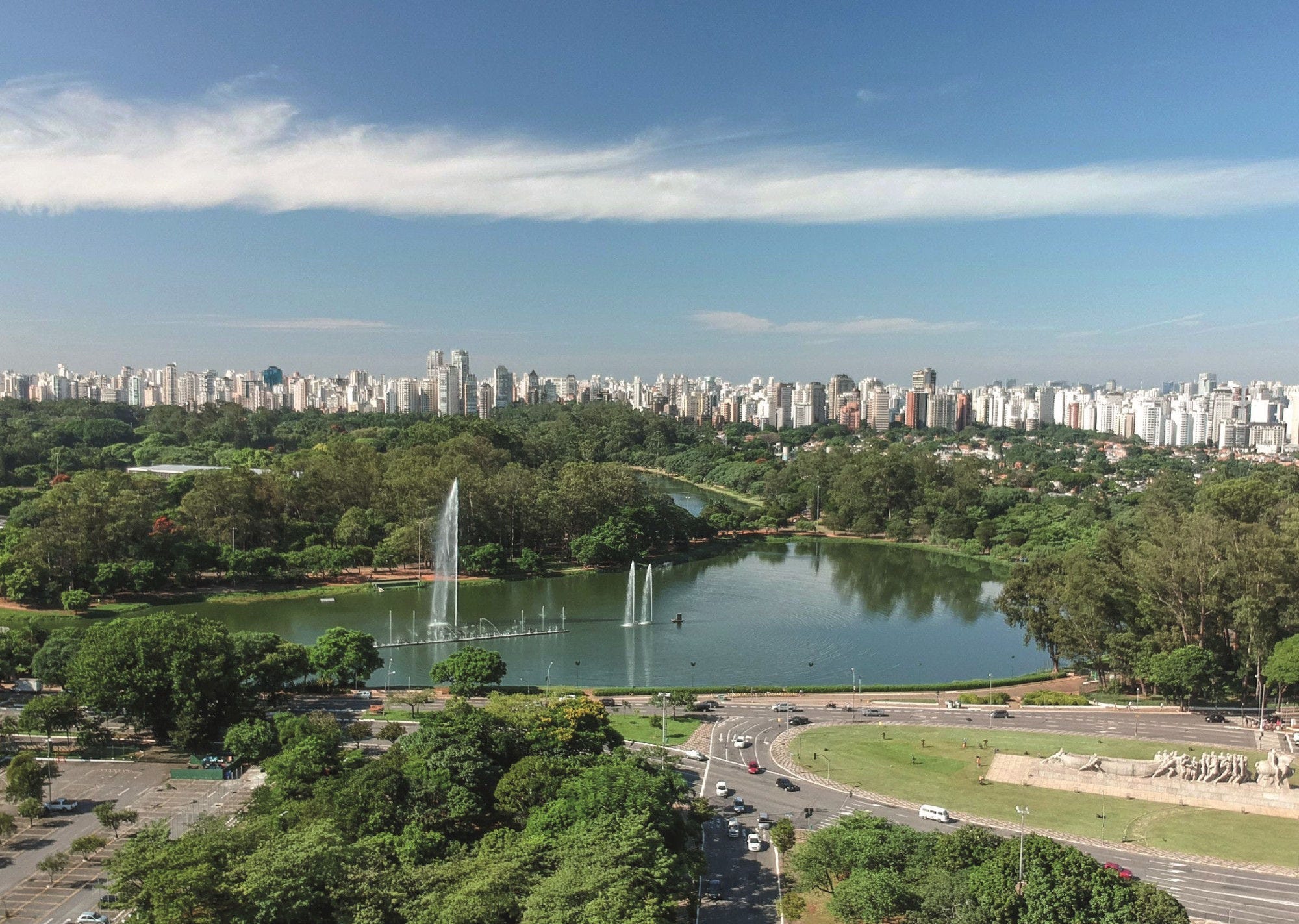Governments are responsible for providing various services and public goods to their populations and for redistributing income through social benefits and subsidies. Government involvement in service provision varies widely across the Latin American and Caribbean (LAC) region, as does the corresponding government expenditure: while some countries rely predominantly on direct provision of services such as health and education, others opt for a mix of public and private provision.
General government expenditures in the LAC region increased slightly from an average of 34.0% of GDP in 2019 to 34.8% in 2022, while OECD countries saw a more substantial increase, from 40.8% of GDP to 43.3%. Within this average, some LAC countries saw significant reductions: by -9.9 percentage points (p.p.) in Suriname and -7.6 p.p. in Guyana. The LAC countries with the highest general government expenditure as a percentage of GDP in 2022 were Brazil (46.4%) and Ecuador (39.3%); while Guatemala (14.4%) and Haiti (8.3%) reported the lowest percentages (Figure 11.1). Differences in government spending reflect varying levels of institutional capacity, policy choices and constituent needs, among other factors.
Average government expenditure in LAC countries relative to GDP increased gradually in the period 2007-22, by a total of 4.7 p.p. In 2020, government expenditures in the LAC region increased by 3.1 p.p., probably in response to the COVID-19 pandemic, less than in OECD countries (7.4 p.p.). The pandemic required countries to increase spending on healthcare, social welfare programmes, and support for affected businesses and individuals. By 2021 this trend had reversed, with general government expenditures in the LAC region returning to pre-pandemic levels (34.0%). In contrast, although in OECD countries general government expenditures decreased in 2021, they remained above pre-pandemic levels (46.1% in 2021, compared to 40.8% in 2019) (Figure 11.2).
Average government expenditure per capita in the LAC region increased by 17.7% between 2019 and 2022 from USD 5 785 PPP in 2019 to USD 6 809 PPP in 2021, lower than the average OECD increase of 23.5%, from USD 19 928 PPP to USD 24 609 PPP. Benefitting from a surge in oil revenues, Guyana led the world in real GDP growth in 2022, and its government expenditure per capita soared from USD 3 828 PPP in 2019 to USD 8 770 PPP in 2022 (IMF, 2023). The largest reductions in expenditure per capita over the period were Trinidad and Tobago (from USD 8 994 PPP to USD 7 571 PPP) and Suriname (from USD 7 875 PPP to USD 5 409 PPP). There are significant differences across the region in per capita government spending in 2022. Argentina led the group spending USD 9 871 PPP per capita, while Haiti remained the lowest at just USD 262 PPP per capita (Figure 11.3).
Real government expenditure per capita grew at an annual rate of 5.7% in 2021-22 in the LAC region. During 2019-20, real growth was 0.9%, much lower than the 12.5% average in OECD countries. The annual growth rate in real government expenditure per capita varied greatly within the region during 2021-22: there was rapid growth in Guyana (27.7%), Mexico (9.8%) and Brazil (9.2%), while in Chile it decreased by 18.7% (Online Figure F.8.1).



